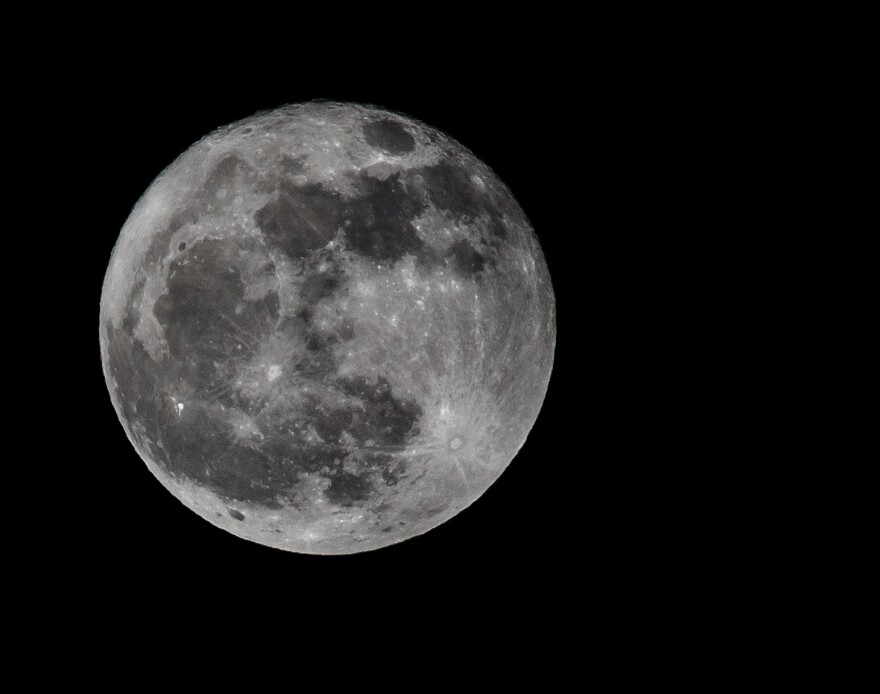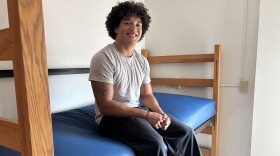Granite Staters who are watching the skies this Sunday evening may catch an unusually long total lunar eclipse.
Lunar eclipses happen a few times every year, but the phase of “totality” for this eclipse, when the Earth’s shadow totally covers the moon, will last 85 minutes.
That’s “very, very rare,” according to John Gianforte, the director of the University of New Hampshire’s observatory.
Gianforte said those watching the eclipse on Sunday evening can expect to see the moon start to pass through the lighter part of the earth’s shadow around 9:30 p.m. At first, it will look like the moon isn’t full anymore, as though someone took a bite out of it.
“But as time goes on, you'll see it move deeper and deeper into the umbral shadow," he said. "And that is when you'll start to see some interesting, interesting effects in terms of the color of the moon."
The Earth projects two kinds of shadows into space, Gianforte said: a lighter outer shadow and a smaller umbral shadow that is very dark.
When the moon is in the umbral shadow, Gianforte said those watching could see the moon turn orange or dark yellow, offering a unique view of the night sky. That will start to happen around 11:30 p.m.
“You'll notice stars immediately surrounding the moon, where normally you don't see any stars around the full moon because the brightness of the moon washes them out,” he said.
The totality phase of the eclipse will last until just before 1 a.m. Monday.
Gianforte said the moon will be visible about 25 degrees off of the horizon in the southern sky, if rain clouds don't spoil the view.
To figure out where to focus your gaze, Gianforte recommends using your fist: If you’re holding your arm straight in front of you, one fist is 10 degrees. The moon will be about two and a half fists off the southern horizon.
Weather permitting, the University of New Hampshire is hosting a public viewing event at 10 p.m. Sunday, behind the school’s physics and astronomy building.








